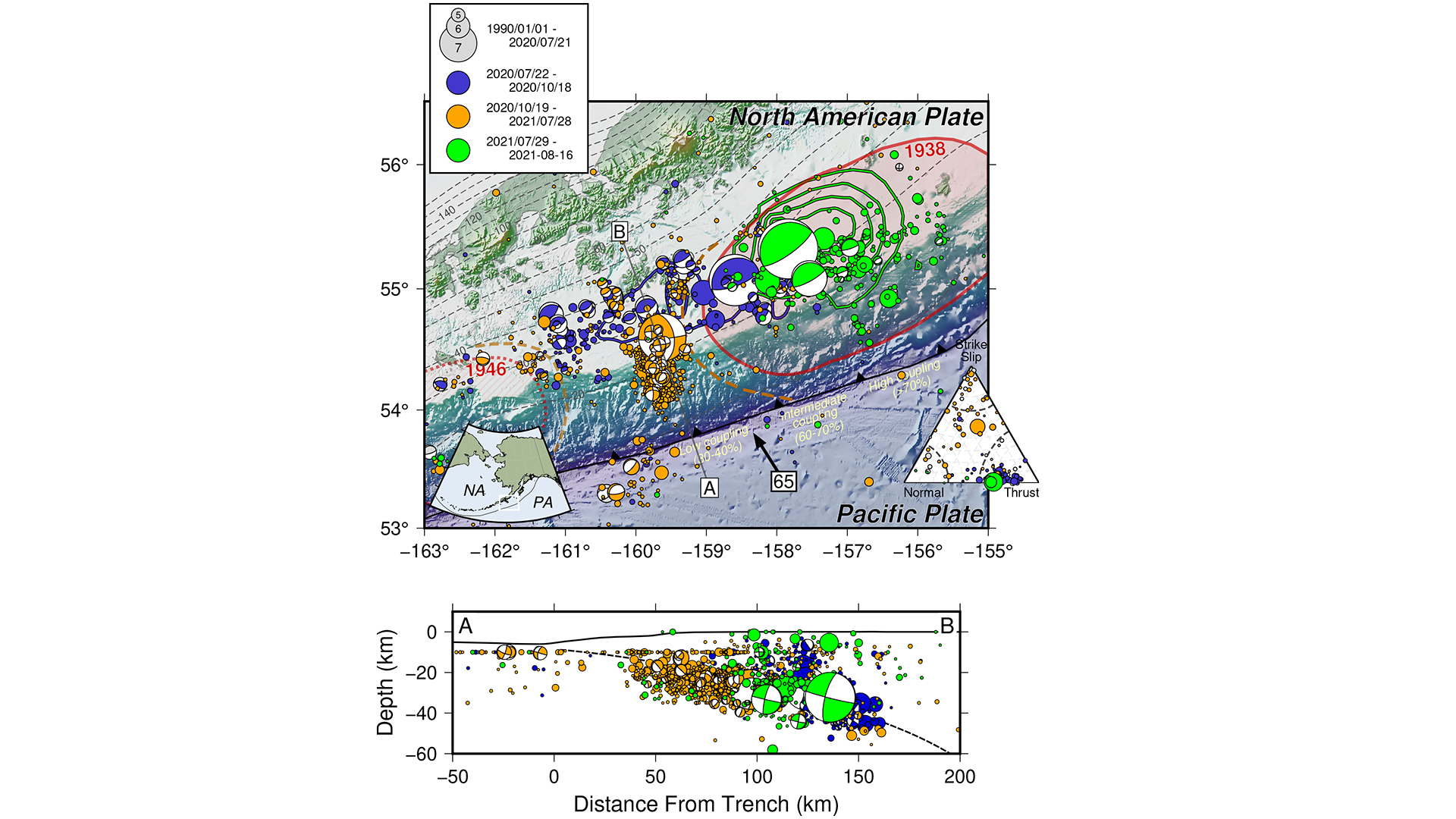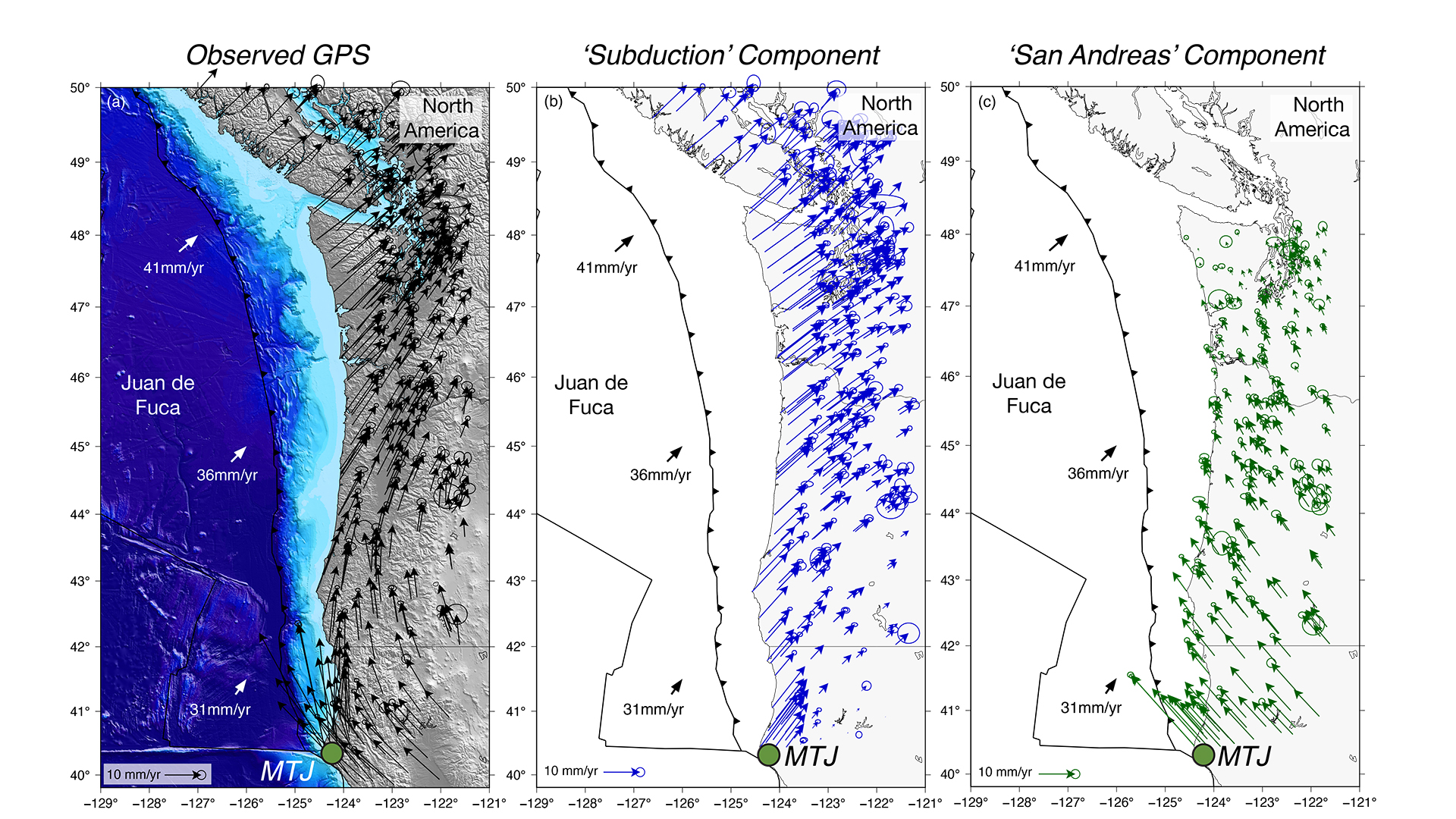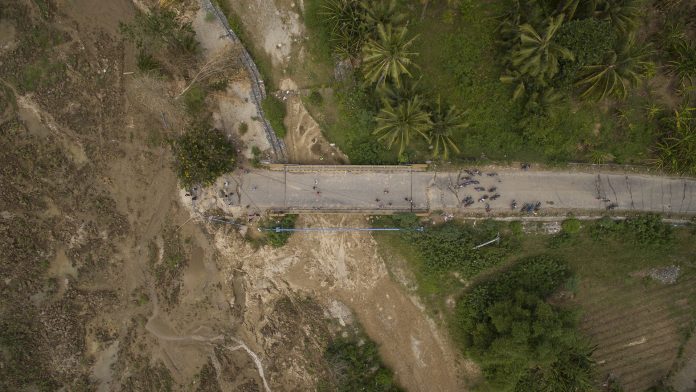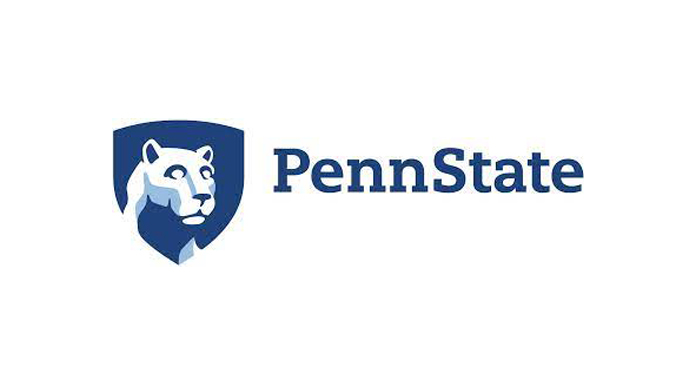Professor Kevin P Furlong from the Geodynamics Research Group at Geosciences Penn State discusses subduction zone earthquakes.
Earthquakes in subduction zones, where two tectonic plates meet and one sinks (or subducts) beneath the other, play host to the largest earthquakes on Earth. The largest of these, the great earthquakes, with magnitudes greater than eight, catch our attention because of the damage they can cause both locally (through strong ground shaking) but also over large areas if they also produce a tsunami.
Our understanding of these great earthquakes advances with each occurrence as the data collected provide information and insight into the inner workings of these plate boundaries. A new era in subduction zone science began with the massive Banda Aceh, Indonesia, earthquake in December 2004. At that time, it was the largest earthquake in 40 years, and in the time since the last mega-quakes in the 1960’s, the theory of plate tectonics had been developed and our perception of how these earthquakes happen had changed substantially.

Since 2004, a number of great (> M8) subduction earthquakes have occurred and we are finding that their rupture behaviour during a large earthquake can vary over a significant range. This has answered some fundamental questions about the plate boundary interactions along subduction zones, as well as identifying some new, and potentially very important questions about what controls the specific patterns, amounts and spatial extent of these big earthquake ruptures. For example, over the past 15 months there has been a sequence of earthquakes along the Alaska subduction zone (see Fig. 1) in a transitional area between a section where the plates are fully locked together between large earthquakes and a section of the subduction zones that appears to slip continuously. This sequence of events that began in July 2020, most recently hosted a great (magnitude = 8.2) earthquake. Our research has found that the locations and earthquake types that occurred during this sequence of large events, can be directly attributed to this spatial juxtaposition of a locked, earthquake generating section of the plate boundary with a smoothly slipping segment.1,3
These earthquakes in Alaska occurred on a section of the plate boundary that last had a great earthquake in 1938. The size of the earthquake (and amount of slip on the fault) during the earthquake this past July is essentially 100% of the plate motion that would have occurred since that last great earthquake almost 75 years ago. This total recovery of the entire slip deficit budget for the section of the plate boundary is not typical of all great subduction earthquakes. Why this event is able to recover the entire slip, while others may only be 50-70% effective is still not understood.
Our group is exploring this question and our preliminary results indicate that the plate boundary conditions in the region adjacent to the earthquake can have a very significant effect on how rupture proceeds. Being able to anticipate the expected slip (and its distribution) during a major event is important in preparations for potential earthquake damage, but also to better identify which subduction plate boundary segments are most likely to generate damaging tsunami. The largest tsunamis are produced when there is significant earthquake slip along the fault where it intersects with the seafloor. Being able to anticipate these details of fault slip for great subduction zone earthquakes will help answer the question of why some events produce damaging tsunami while others generate more minor disturbances.

One of the major advances in earthquake science has been the ability to make direct, continuous measurements of the deformation near faults between earthquakes – the strain that will eventually be released in the sudden earthquake slip – using GPS and other geodetic observations. Research quality GPS measurements can reconcile displacements as small as a few millimetres, allowing displacement rates of mm/year to be discernible. Many of the important subduction zones globally are instrumented with such GPS instrumentation and we are now able to observe on a continuous basis how earthquake strain is accumulating along the plate boundary. However, deformation associated with subduction plate boundary interactions may not be the only geologic processes causing deformation of Earth’s crust along the subduction zone. The motion between plates and thus how they interact along their boundaries may be oblique to the boundary itself. Also, there are regions where more than two plate interact – what are termed triple junctions, and thus the crust in the region may be deforming as a result of multiple tectonic processes.
Such is the case along the subduction plate boundary that lies along the north-western edge of the US and southern Canada – the Cascadia subduction zone. Here, the Mendocino triple junction separates the Cascadia subduction zone to the north from the San Andreas plate boundary to the south. There is a superb GPS data set documenting the crustal deformation in this region, and it clearly shows a complicated pattern of crustal displacements that cannot simply be correlated with plate motions in the subduction zone (see Fig. 2).
To determine what part of the total deformation we can observe in these data, we have developed an approach to decompose the pattern into components associated with subduction, and those driven by the other tectonic processes acting in the region (McKenzie and Furlong, 2021)2. Through this decomposition we are able to isolate the subduction-driven signal and use that to place constraints on the pattern of subduction interface coupling and resulting subduction earthquakes, and also identify other earthquake hazards in the region that may be associated with the non-subduction tectonics. In the case of the southern Cascadia subduction zone, we have found that not only does it have hazards associated with plate subduction, but there are other faults along the subduction-zone section that are stressed by crustal displacements associated with plate motions along the San Andreas plate boundary to the south.
Our understanding of the underlying causes and rupture behaviour of subduction zone earthquakes is improving significantly. Improvements in data detailing pre-earthquake deformation, observations of the rupture process during large earthquakes, and models linking the physical properties of the plate boundary to the resulting earthquakes are leading to better models of these great earthquakes. With this new understanding, we now can identify a new set of key questions about the earthquake process. Current research in subduction earthquake science is aimed at these new big questions.
References:
- Herman, M. W. , K. P. Furlong, 2021, Triggering an unexpected earthquake in an uncoupled subduction zone. Adv. 7, eabf7590 (2021).
- McKenzie K.A., Furlong K.P. (2021). Isolating Non-Subduction-Driven Tectonic Processes in Cascadia., Geoscience Letters, 8:10, http://doi.org/10.1186/s40562-021-00181-z
- Wood, K, L. Stern, K. Furlong, H. Benz, R. Briggs, M. Herman, and D. Goldberg 2021, 2020-2021 Alaska Peninsula Earthquake Sequence, https://earthquake.usgs.gov/storymap/index-ak2020-21.html








